Home>Interior Design>Living Room Paneling Ideas: 10 Ways To Add Practical Character
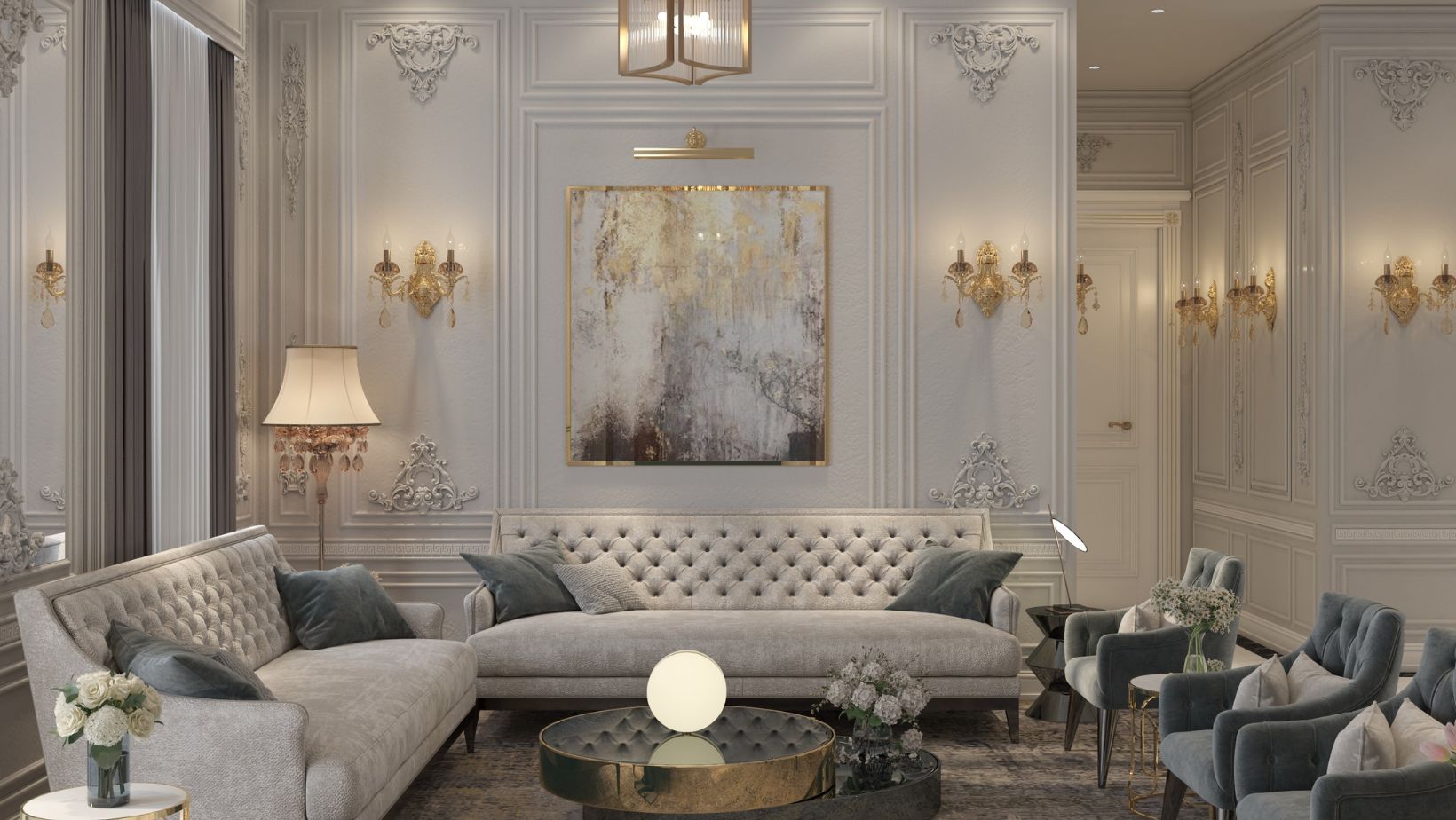

Interior Design
Living Room Paneling Ideas: 10 Ways To Add Practical Character
Modified: January 19, 2024
Discover 10 interior design ideas to add practical character to your living room with paneling. Enhance your space with these creative paneling options.
(Many of the links in this article redirect to a specific reviewed product. Your purchase of these products through affiliate links helps to generate commission for Storables.com, at no extra cost. Learn more)
Introduction
Welcome to the world of interior design, where every room tells a story and every detail matters. When it comes to creating a warm and inviting living room, one element that can truly transform the space is paneling. Paneling not only adds practicality but also brings character and charm to any living room. Whether you prefer a cozy cottage style or a sleek modern aesthetic, there are numerous paneling options to suit your taste.
In this article, we will explore ten different paneling ideas that can elevate your living room and make it a reflection of your personal style. From traditional wooden paneling to contemporary glass paneling, each option offers its own unique advantages. So, let’s dive in and discover the possibilities of living room paneling.
Key Takeaways:
- Elevate your living room with paneling, from classic wooden options to sleek glass and metal choices. Each type offers unique advantages, adding character and style to reflect your personal taste and create a cozy or modern atmosphere.
- Embrace the beauty of paneling to transform your living space into a place that truly feels like home. Infuse your personal touch with textures, colors, and patterns that resonate with you, creating a visually stunning and unique living room.
Wooden Paneling
When it comes to adding warmth and charm to your living room, wooden paneling is a classic choice. Wood brings a natural element to the space and creates a cozy and inviting atmosphere. There are various types of wooden paneling to choose from, including tongue and groove, shiplap, and reclaimed wood.
Tongue and groove paneling consists of interlocking wooden boards that fit together seamlessly. This type of paneling creates a smooth and uniform look, perfect for a refined and sophisticated living room. It can be painted in a neutral color to create a clean and modern aesthetic or left in its natural state to showcase the beauty of the wood grain.
Another popular option is shiplap paneling, which features horizontally installed wide wooden planks with a gap (known as a reveal) between each plank. This style of paneling adds a touch of rustic charm and can create a visually interesting focal wall in your living room. Shiplap paneling can be painted in a crisp white color for a fresh and coastal feel or left unpainted for a more rustic look.
For those who love the character and uniqueness of reclaimed wood, using it as paneling in your living room can add a one-of-a-kind touch. Reclaimed wood paneling is made from salvaged wood, such as barn wood or old oak flooring, and can bring a sense of history and nostalgia to your living space. Each piece of reclaimed wood tells a story and adds a rustic and authentic feel to your room.
Wooden paneling not only adds visual appeal but also acts as an insulator, keeping your living room warm and cozy. It can also help to minimize noise and provide a sense of privacy. With its versatility and timeless beauty, wooden paneling is a go-to choice for many homeowners looking to create a stylish and inviting living room.
Beadboard Paneling
If you’re looking to add a touch of elegance and sophistication to your living room, beadboard paneling is a great option. Beadboard paneling features narrow, vertical planks with a groove in between each plank. This design creates a charming and timeless look that can complement a variety of interior styles.
Beadboard paneling is commonly associated with traditional and cottage-style homes. It effortlessly brings a sense of charm and character to any living room. The subtle detailing of the vertical grooves adds visual interest and texture to the walls, creating a visually appealing backdrop for your furniture and decor.
This type of paneling is typically made from wood, such as pine or oak, but it is also available in alternate materials like MDF or PVC for easier maintenance. If you prefer a vintage touch, you can opt for authentic wooden beadboard paneling. However, if you’re looking for a more budget-friendly and low-maintenance option, synthetic beadboard panels can achieve the same look.
Beadboard paneling can be installed on the lower half of the walls, creating a wainscoting effect. This not only adds visual interest but also protects the walls from potential wear and tear. It can also be used as a full-wall treatment to create a cozy and inviting ambiance in your living room.
With its versatility and timeless appeal, beadboard paneling can be painted in a wide range of colors to suit your style. You can opt for classic white for a clean and fresh look or experiment with bold and vibrant colors to add a pop of personality to your living room. Additionally, if you prefer a more natural and rustic feel, leaving the beadboard paneling unpainted and showcasing the wood’s natural beauty is also an option.
Whether you’re aiming for a traditional, coastal, or farmhouse-inspired aesthetic, beadboard paneling can add a touch of elegance and character to your living room. Its versatility and timeless appeal make it a popular choice among homeowners looking to elevate their interior design.
Shiplap Paneling
If you’re a fan of the popular farmhouse or coastal design styles, shiplap paneling is the perfect choice to bring a touch of rustic charm to your living room. Shiplap paneling is characterized by horizontally installed wide wooden planks with a small gap known as a “reveal” between each plank.
Originally used as an exterior siding material, shiplap has gained immense popularity in interior design. Its clean lines and casual elegance make it an ideal choice for creating a relaxed and inviting atmosphere in your living room. Shiplap paneling can be installed vertically or horizontally, depending on the desired aesthetic.
The beauty of shiplap lies in its versatility. It can be painted in a fresh white color to create a bright and airy space, reminiscent of coastal living. This approach is particularly effective if your living room lacks natural light or if you want to create a sense of openness. Alternatively, you can opt for a natural wood finish to enhance the rustic and organic feel of your living room.
Shiplap paneling can be used as a feature wall to add visual interest and create a focal point in the room. Whether you choose to cover a whole wall or just a section of it, shiplap creates a visually appealing backdrop for your furniture and decor. It can also be used as a wainscoting treatment, adding a touch of texture and charm to the lower portion of your walls.
One of the advantages of shiplap paneling is its durability. Made from solid wood, it can withstand the test of time and everyday wear and tear. It is also relatively easy to install, making it a suitable choice for DIY enthusiasts. With its natural resistance against moisture, shiplap paneling is an excellent option for coastal or humid environments where moisture damage may be a concern.
Whether you want to create a cozy farmhouse-inspired living room or a beachy coastal retreat, shiplap paneling can deliver the perfect blend of rustic charm and timeless appeal. Its versatility, durability, and easy installation make it a popular choice for homeowners seeking to add character and texture to their living spaces.
Stone Paneling
For those looking to add a touch of natural beauty and sophistication to their living room, stone paneling is an excellent choice. Stone paneling offers all the elegance and charm of real stone but at a more affordable price point and with easier installation.
Stone paneling is crafted from natural stone materials that are cut into thin slabs, typically around 1 inch thick. These slabs are then adhered to a backing material, such as plywood or fiberboard, creating panels that can be easily installed on the walls of your living room. The result is a stunning feature wall that mimics the look of authentic stone.
Stone paneling comes in a wide range of styles, including slate, marble, limestone, and faux stone. Each type of stone brings its own unique texture, color variations, and patterns, allowing you to find the perfect match for your living room’s aesthetic. Whether you prefer a sleek and modern look or a more rustic and rugged feel, stone paneling can be customized to suit your style.
The beauty of stone paneling lies in its ability to add depth and visual interest to your living room. The natural textures and variations in color create a sense of warmth and authenticity. Stone paneling can be used as a feature wall or installed on multiple walls, creating a cohesive and visually striking space that will surely impress your guests.
In addition to its aesthetic appeal, stone paneling also offers practical benefits. Stone is a durable material that can withstand the test of time, making it ideal for high-traffic areas like the living room. It is also fire-resistant and provides insulation, helping to regulate the temperature in your living room and reduce energy consumption.
Installing stone paneling may require professional assistance due to the weight and complexity of the process. However, once it is in place, you can enjoy a long-lasting and low-maintenance feature wall that adds a touch of natural elegance to your living room.
Whether you prefer the timeless beauty of marble, the rustic charm of slate, or the earthy appeal of limestone, stone paneling can transform your living room into a luxurious sanctuary. Its durability, versatility, and natural beauty make it a popular choice for homeowners who want to add a touch of luxury and sophistication to their living spaces.
Brick Paneling
If you want to create an urban and industrial-inspired look in your living room, brick paneling is an excellent choice. Brick paneling offers the aesthetic appeal of real bricks, providing a rustic and textured backdrop that adds character and depth to your living space.
Brick paneling is created by adhering thin brick veneers onto a backing material, such as plywood or fiberboard. This technique allows for easier installation compared to traditional brick walls while still achieving the same visual impact. The brick veneers are available in various styles, including traditional red bricks, white-washed bricks, and even antique or weathered finishes.
One of the key advantages of brick paneling is its versatility. It can be used to create a feature wall, covering the entire surface for a dramatic effect. It can also be applied to half the height of the wall, creating a wainscoting-inspired look. Brick paneling can add a rustic and industrial touch to both modern and traditional living rooms, making it a versatile choice for homeowners with diverse design preferences.
Brick paneling brings a unique and textured look to the living room. The rough and weathered texture of the bricks adds an element of authenticity, making it an ideal choice for those who appreciate the charm of exposed brick walls. The natural variations in color and texture of the bricks create a visually interesting backdrop for your furniture and decor, adding depth and character to the overall design.
In addition to its aesthetic appeal, brick paneling also offers practical benefits. It provides insulation, helping to regulate the temperature in your living room and reduce energy consumption. It is also a durable material that can withstand everyday wear and tear, making it suitable for high-traffic areas.
When it comes to styling your living room with brick paneling, you have plenty of options. You can maintain the natural look of the bricks by leaving them unpainted, allowing the raw beauty of the material to shine through. Alternatively, you can apply a coat of paint to the brick paneling to match your desired color scheme. White paint can create a clean and modern look, while dark or bold colors can add drama and contrast.
Whether you want to create an urban loft vibe or add an element of rustic charm, brick paneling can transform your living room into a space with character and personality. Its versatility, durability, and authentic aesthetic make it a popular choice for homeowners looking to make a bold statement in their living spaces.
Consider using beadboard paneling for a classic and versatile look in your living room. It adds texture and visual interest while also being easy to clean and maintain.
Wallpaper Paneling
If you’re looking to add visual interest and a pop of style to your living room walls, wallpaper paneling is a fantastic choice. Wallpaper has come a long way in recent years, with a vast array of designs and patterns available to suit every taste and style preference.
Wallpaper paneling allows you to create the look of traditional paneling without the need for actual wood or other materials. It is an affordable and versatile option that can be easily installed and changed when you’re ready for a new look. With wallpaper paneling, you can transform your living room into a space that reflects your personality and style.
The design possibilities are endless when it comes to wallpaper paneling. You can choose from a wide range of patterns, including geometric shapes, floral prints, textured finishes, and even faux finishes like marble or wood. These options allow you to have the look of real paneling without the expense and installation effort.
One of the advantages of wallpaper paneling is its ability to add depth and dimension to your living room. The texture and patterns of the wallpaper create a visually interesting backdrop for your furniture and decor. Whether you want to create a bold and vibrant accent wall or a subtle and elegant look throughout the entire room, wallpaper paneling offers countless design possibilities.
Wallpaper paneling is also a great solution for those who want to experiment with different styles or design trends. It allows you to easily change the look of your living room whenever inspiration strikes. Whether you want to embrace a trendy graphic print or a classic damask pattern, wallpaper paneling gives you the flexibility to switch up your decor without a major renovation.
Installing wallpaper paneling is a relatively quick and straightforward process. Most wallpapers come with adhesive backing or can be applied using a paste or glue. It’s important to properly prepare the walls before installation and ensure that the wallpaper is applied smoothly and evenly for the best results.
When choosing a wallpaper for your paneling, consider the overall style and color scheme of your living room. Opt for a design that complements your existing furniture and decor or choose a bold pattern that becomes the centerpiece of the room. Don’t be afraid to mix and match patterns and textures to create a unique and personalized look that reflects your individual style.
With its endless design possibilities and ease of installation, wallpaper paneling is an excellent option for adding character and style to your living room. Whether you prefer a modern, traditional, or eclectic look, wallpaper paneling allows you to express your creativity and transform your living space into a true reflection of your personal style.
Fabric Paneling
If you’re looking to add a touch of elegance and softness to your living room walls, fabric paneling is a beautiful and luxurious option. Fabric paneling involves covering the walls with various types of fabric, creating a warm and inviting ambiance that adds texture and visual interest to the space.
Fabric paneling offers versatility in terms of the types of fabrics you can use. Whether you’re drawn to the rich and opulent texture of velvet, the airy and breezy feel of linen, or the intricate patterns of jacquard, there’s a fabric for every design preference. You can also choose from a wide range of colors and prints to suit your individual style and complement your existing decor.
There are multiple ways to incorporate fabric paneling into your living room. One option is to use fabric as wallpaper, adhering it to the walls like traditional wallpaper. This allows you to cover large areas or create a feature wall with a bold and eye-catching fabric. Another option is to create fabric panels that can be hung on the walls, similar to artwork. These fabric panels add texture and dimension to the room and can be easily changed or updated as desired.
The advantage of fabric paneling is the warmth and coziness it brings to the living room. Fabrics have a soft and tactile quality that instantly creates a sense of comfort and luxury. They also help to minimize noise, making the living room a peaceful and relaxing space. Additionally, fabric paneling acts as an insulator, keeping the room well-insulated and helping to save energy.
When choosing fabrics for your paneling, consider the overall style and mood you want to achieve in your living room. If you’re aiming for a classic and elegant look, opt for luxurious fabrics like velvet or silk. For a more casual and relaxed vibe, natural fibers like linen or cotton can add a touch of organic charm. Don’t shy away from incorporating patterns or prints to add visual interest and personality to the space.
Installing fabric paneling requires careful attention to detail to ensure a smooth and even finish. Proper preparation of the walls, including cleaning and priming, is essential to ensure the fabric adheres properly. Some fabrics may require additional techniques like stapling or applying adhesive to secure them in place.
Fabric paneling is a versatile and beautiful way to add texture, warmth, and style to your living room walls. Whether you choose sumptuous velvet or lightweight linen, fabric paneling allows you to create a unique and inviting space that reflects your personal taste and creates a welcoming atmosphere for family and friends.
Metal Paneling
If you’re looking to create a modern and industrial aesthetic in your living room, metal paneling is a sleek and contemporary option. Metal paneling adds a touch of sophistication and gives your living room a unique and edgy look.
There are various types of metal paneling to choose from, including stainless steel, aluminum, and copper. Each type of metal offers its own distinct characteristics and visual appeal. Stainless steel paneling is known for its sleek and clean look, making it a popular choice for modern and minimalist designs. Aluminum paneling is lightweight and versatile, offering a more affordable option without compromising style. Copper paneling, on the other hand, has a warm and rich tone that brings a sense of luxury and elegance to your living room.
Metal paneling can be installed as large sheets or smaller tiles, depending on your preference and the overall design of your living room. It can be used as a full wall treatment, creating a bold and dramatic statement. It can also be incorporated as an accent wall or used in combination with other materials for a more textured and layered look.
One of the advantages of metal paneling is its durability and longevity. Metal is resistant to moisture, rot, and insect damage, making it ideal for high-traffic areas like the living room. It is also easy to clean and maintain, adding to its practical appeal.
Metal paneling can be further enhanced with various finishes and textures. Brushed or polished finishes create a smooth and reflective surface, adding a sleek and contemporary touch to your living room. Textured finishes, on the other hand, can add depth and visual interest, creating a more dynamic and dimensional look.
When incorporating metal paneling into your living room, consider the overall color scheme and style of your space. Metal paneling can complement a wide range of design styles, from industrial to modern and even eclectic. It pairs well with other materials like wood, glass, and concrete, allowing you to create a harmonious and balanced look.
Installing metal paneling may require professional assistance due to its weight and complexity. It is important to ensure proper installation to ensure a seamless and secure finish. Additionally, consider the acoustics of your living room, as metal paneling can sometimes amplify sound reflections. Incorporating sound-absorbing materials and plush furniture can help create a more balanced acoustic environment.
Metal paneling offers a modern and contemporary look that can transform your living room into a stylish and sophisticated space. Whether you choose stainless steel, aluminum, or copper, metal paneling adds a unique and edgy touch that is sure to impress. Its durability, versatility, and visual appeal make it a popular choice among homeowners seeking a bold and modern aesthetic.
Glass Paneling
For those who want to create a sleek and modern look in their living room, glass paneling is a fantastic option. Glass paneling offers a beautiful and contemporary aesthetic that adds light, transparency, and a sense of openness to your space.
Glass paneling can be used in different ways to enhance your living room’s design. It can be installed as full-length floor-to-ceiling panels, creating a seamless and uninterrupted view. This helps to maximize natural light, making your living room feel bright and spacious. Glass paneling can also be used as dividers or as smaller accent panels to add a touch of modern elegance.
One of the key advantages of glass paneling is its ability to visually expand your living room. The transparency of glass creates a sense of depth, making even smaller spaces feel open and airy. It also allows for unobstructed views of the surrounding environment, whether it’s a beautiful garden or a stunning cityscape.
The use of glass paneling also offers a versatile design element. It can be combined with other materials like wood or metal to create a stylish and visually interesting look. For instance, using glass alongside metal frame paneling can create a modern and industrial aesthetic. Combining glass with wooden frames can add warmth and natural appeal.
In addition to its aesthetic benefits, glass paneling offers practical advantages as well. It allows natural light to penetrate the living room, reducing the need for artificial lighting during the day and creating an eco-friendly environment. Glass also reflects and amplifies light, making smaller living rooms appear brighter and more spacious. It is also easy to clean and maintain, making it a practical choice for busy households.
In terms of privacy, glass paneling can be enhanced with different glass types and treatments to suit your needs. Frosted or textured glass can add privacy while still allowing light to filter through. Additionally, window treatments like curtains, blinds, or shades can be added for further privacy control as desired.
When incorporating glass paneling into your living room, consider the overall style and color scheme. Glass offers a clean and minimalist aesthetic, allowing other design elements to stand out. It also pairs well with different materials and finishes, offering versatility in creating your desired look.
Installing glass paneling should be done by professionals to ensure proper installation and safety. It is important to work with experienced contractors who can assess your living room’s structural requirements and provide the best solutions for your specific needs.
Glass paneling adds a touch of modern elegance and sophistication to any living room. Its ability to enhance natural light, create a sense of openness, and offer versatile design possibilities make it a popular choice among those aiming for a contemporary aesthetic. Consider incorporating glass into your living room’s design to create a captivating and stylish space.
Painted Paneling
If you want to give your living room a fresh new look, painted paneling is a versatile and cost-effective option. Painting paneling allows you to completely transform the appearance of your living room, giving it a modern and updated feel while preserving the texture and character of the paneling itself.
Painted paneling offers endless possibilities in terms of color and style. You can choose a classic white or neutral shade for a clean and timeless look, or opt for bold and vibrant colors to add a pop of personality to your space. The choice of paint color depends on your personal style and the overall atmosphere you want to create in your living room.
Before painting, it’s crucial to prepare the paneling surface properly. Start by cleaning the paneling to remove any dirt or grease. If the paneling has a glossy finish, lightly sand it to create a smooth surface for paint adhesion. Applying a primer is also recommended to ensure the paint adheres evenly and provides a durable finish.
When it comes to painting techniques, you have several options. You can apply paint directly to the paneling, covering the entire surface for a consistent look. Alternatively, for a more contemporary and textured look, you can use techniques like color washing or dry brushing to create visual interest and depth. These techniques allow some of the original texture and grain of the paneling to show through the paint, adding a unique and artistic touch.
Painted paneling can be used in various ways to enhance your living room’s design. One popular option is to create an accent wall with painted paneling. By selecting a bold or contrasting color, you can make it the focal point of the room and add drama and visual impact. Another option is to paint the entire room’s paneling, creating a cohesive and unified look that works well in both traditional and contemporary spaces.
Painting your paneling offers a cost-effective solution compared to full paneling replacement. It allows you to update the style of your living room without the expense and labor of tearing out the existing paneling. Additionally, painted paneling provides a durable and easy-to-clean surface, making it a practical choice for high-traffic areas.
When choosing paint for your paneling, consider the overall color scheme and style of your living room. Think about the mood you want to create in the space. Lighter and neutral colors can make the room feel more spacious, while darker shades create a cozy and intimate atmosphere. Don’t be afraid to experiment with different paint colors and finishes to achieve the desired effect.
Painted paneling allows you to breathe new life into your living room while preserving the charm of the paneling itself. With a wide range of paint colors and techniques to choose from, you can easily update your living room’s style and create a space that reflects your personal taste and design vision.
Conclusion
When it comes to elevating your living room’s design, paneling provides a practical and versatile solution that adds character and style to your space. From classic wooden paneling to sleek glass paneling, each option offers its own unique advantages and can transform your living room into a reflection of your personal taste and style.
Wooden paneling brings warmth and charm to any living room, offering a timeless and versatile option. Beadboard paneling adds elegance and a touch of cottage charm, while shiplap paneling creates a rustic and visually interesting look. Stone paneling adds natural beauty and texture, while brick paneling brings an urban-industrial appeal.
For those seeking a bolder statement, wallpaper paneling allows for endless creativity and design possibilities. Fabric paneling adds a touch of luxury and softness, while metal paneling creates a sleek and modern aesthetic. Glass paneling offers transparency and openness, while painted paneling allows for a customizable and fresh look.
Each type of paneling offers its own unique advantages and can be customized to suit different design preferences and styles. Whether you prefer a cozy and rustic atmosphere, a sleek and contemporary look, or a blend of different design elements, paneling can help you achieve your desired living room aesthetic.
When choosing paneling for your living room, consider factors such as the overall style of your space, the desired atmosphere, and the practical needs of your household. It’s important to strike a balance between aesthetics, functionality, and your personal taste to create a living room that truly reflects your unique personality.
Remember to approach paneling with creativity and a willingness to experiment. Infuse your own personal touch into the design by incorporating textures, colors, and patterns that resonate with you. Whether you opt for a single focal wall or cover the entire room with paneling, the end result will be a living room that is both visually stunning and a reflection of your individual style.
The world of living room paneling is full of possibilities, waiting to be explored. Embrace the beauty of paneling and let it transform your living space into a place that truly feels like home.
Frequently Asked Questions about Living Room Paneling Ideas: 10 Ways To Add Practical Character
Was this page helpful?
At Storables.com, we guarantee accurate and reliable information. Our content, validated by Expert Board Contributors, is crafted following stringent Editorial Policies. We're committed to providing you with well-researched, expert-backed insights for all your informational needs.
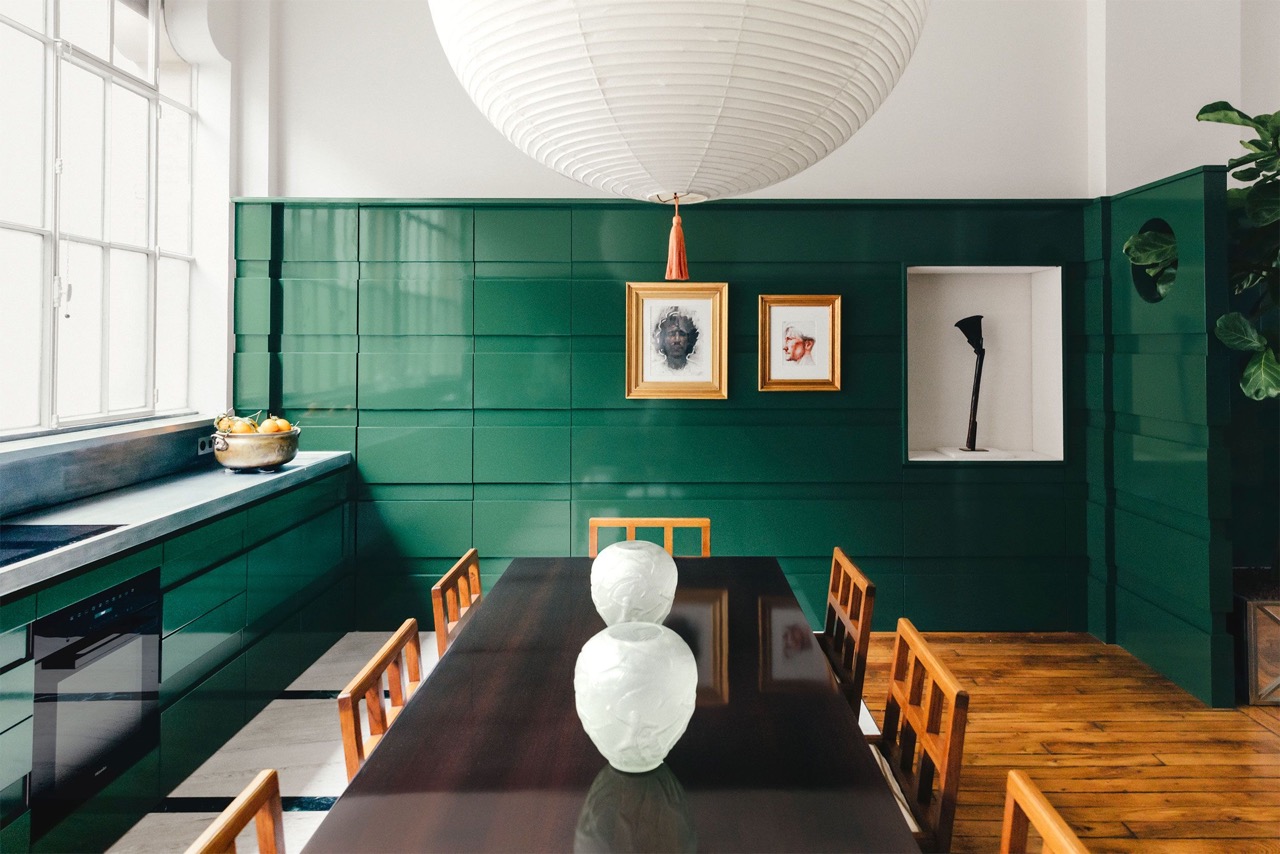
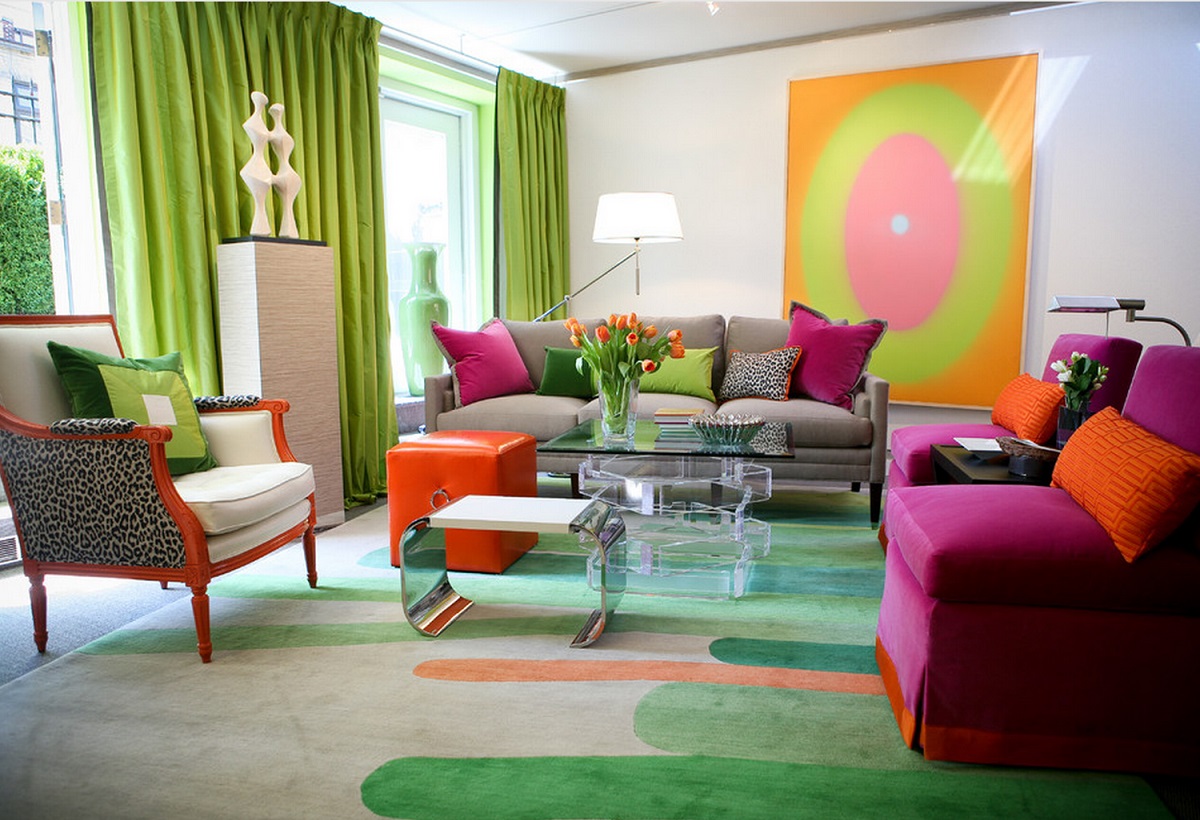
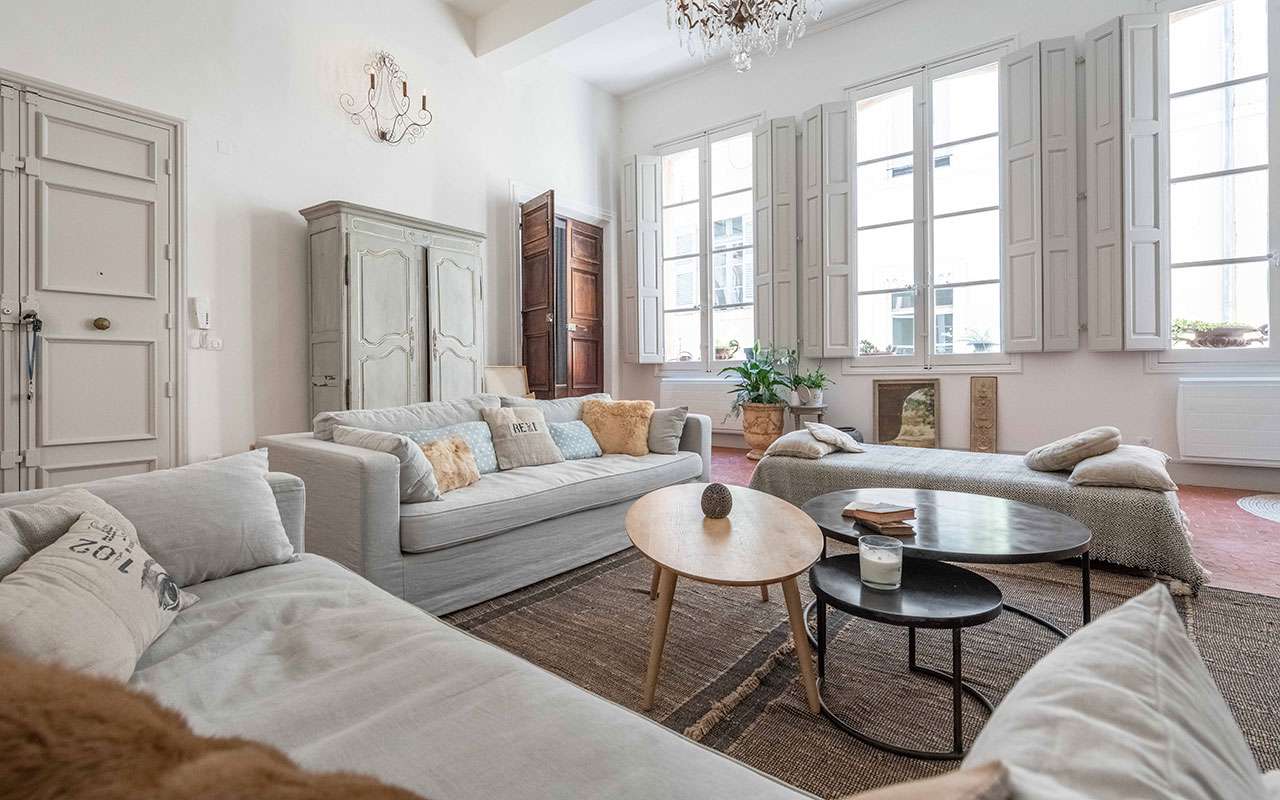
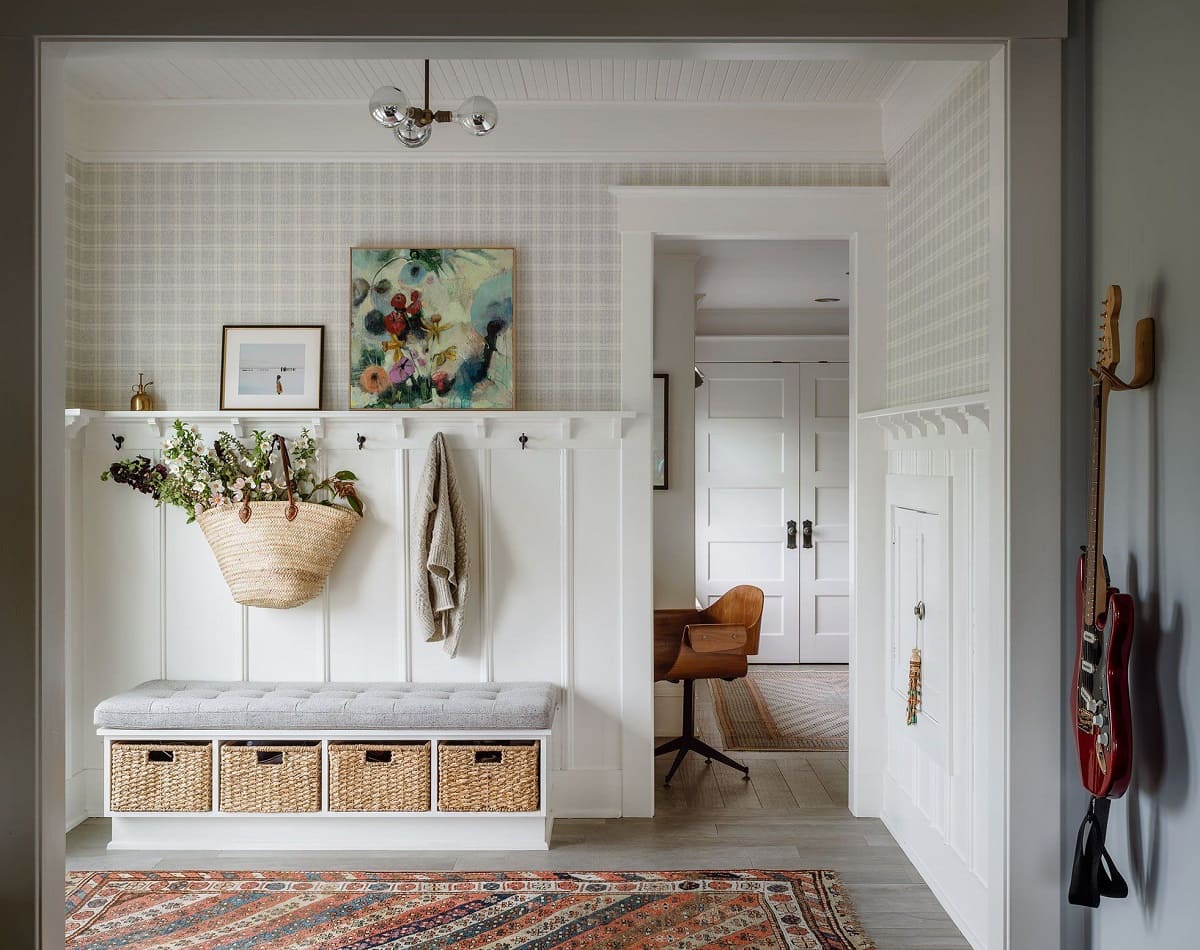
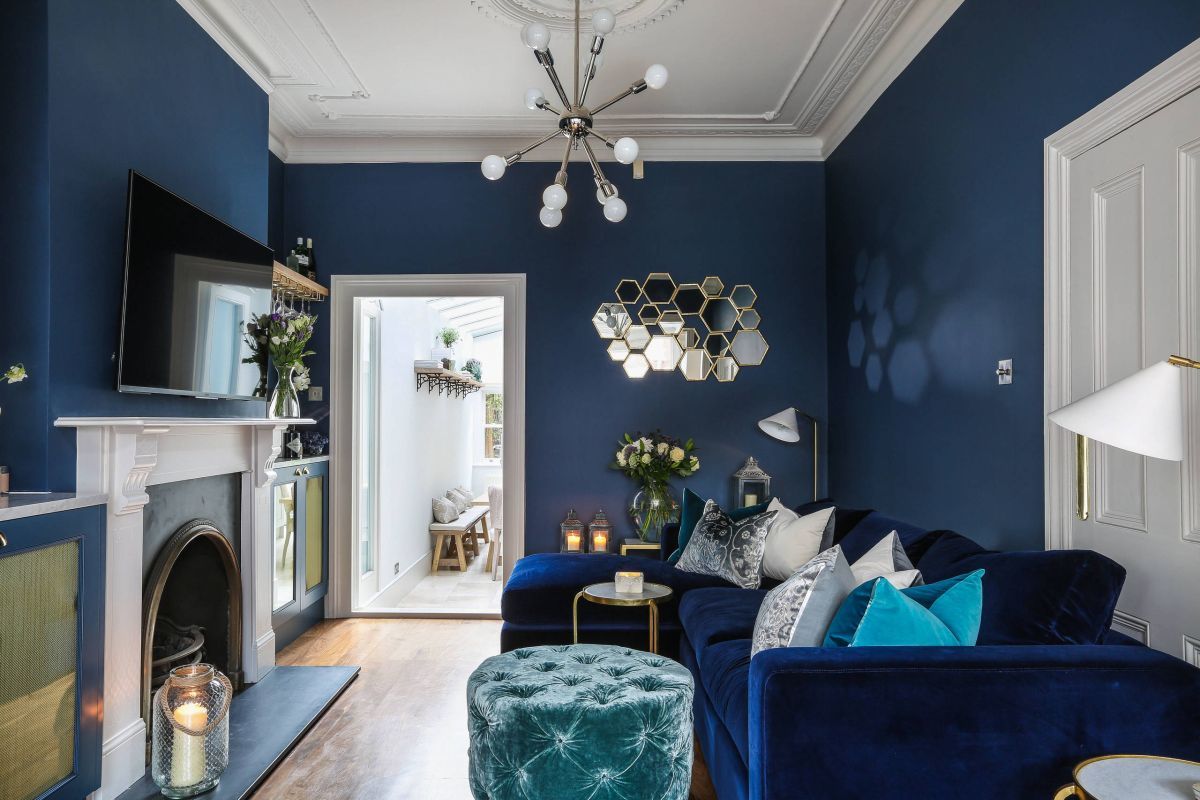
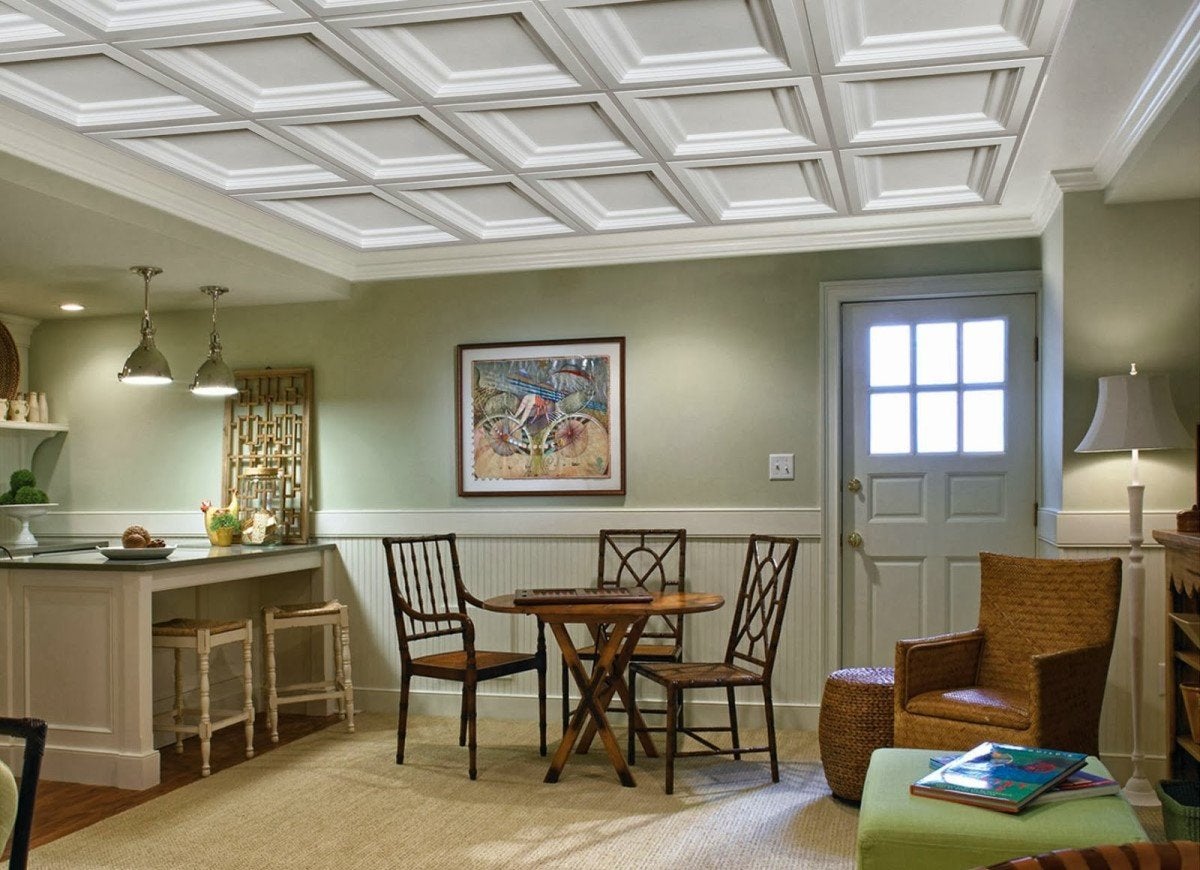
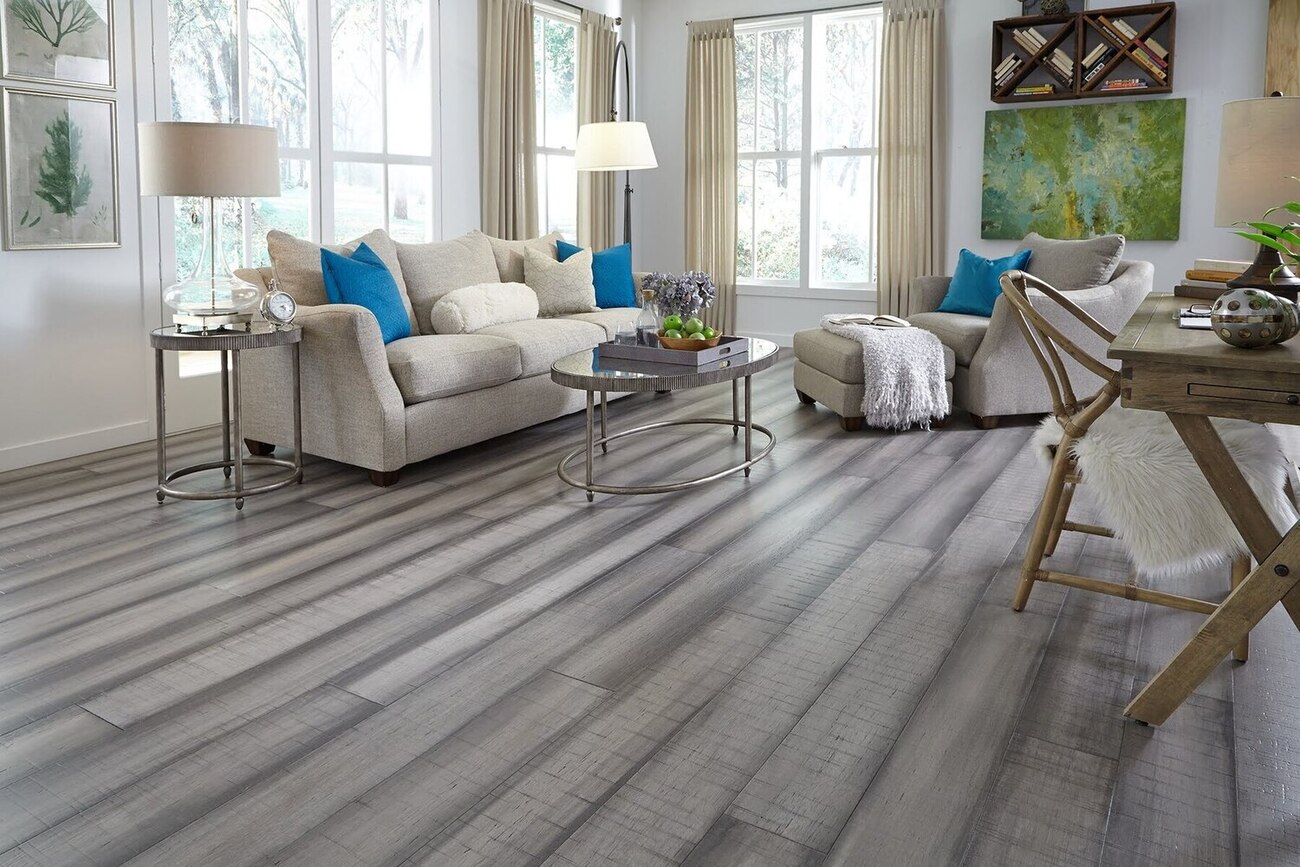
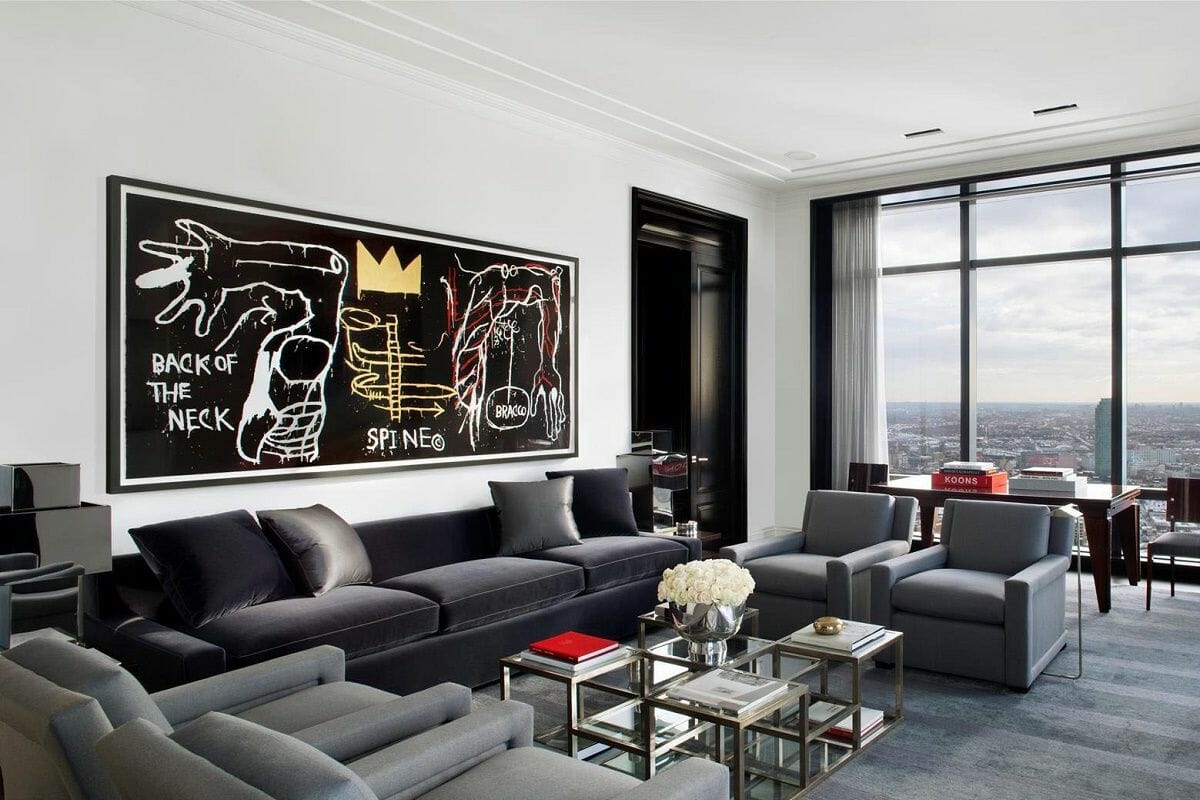
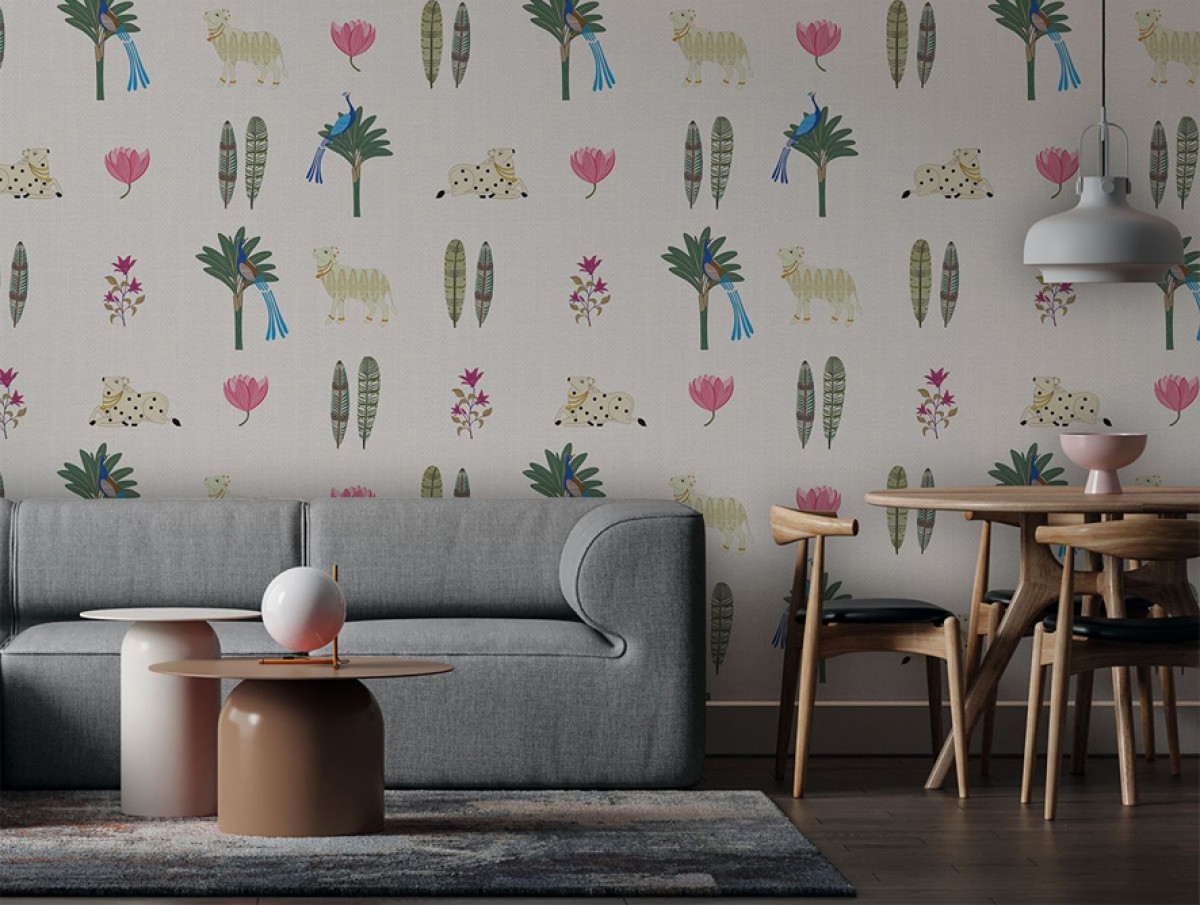
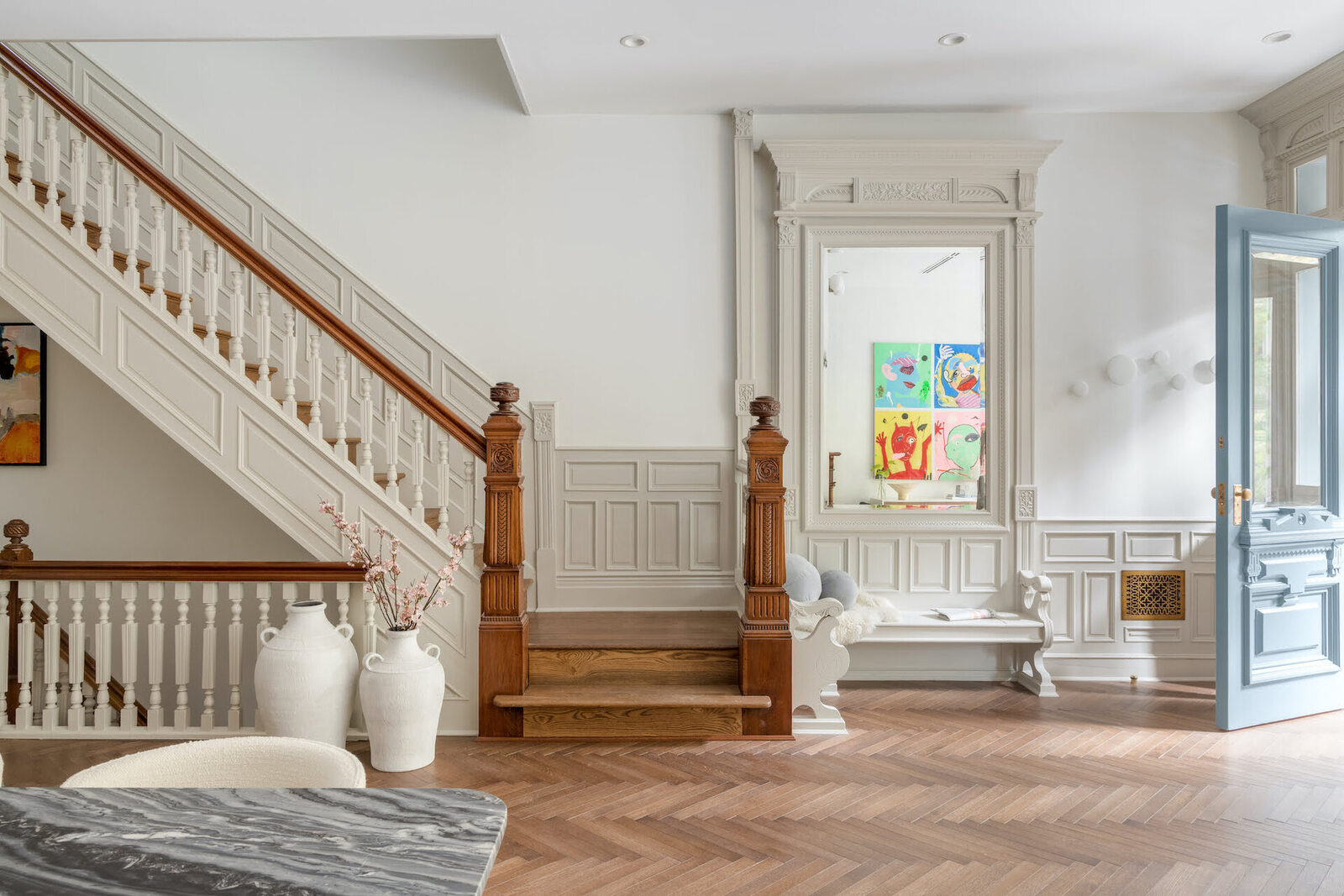
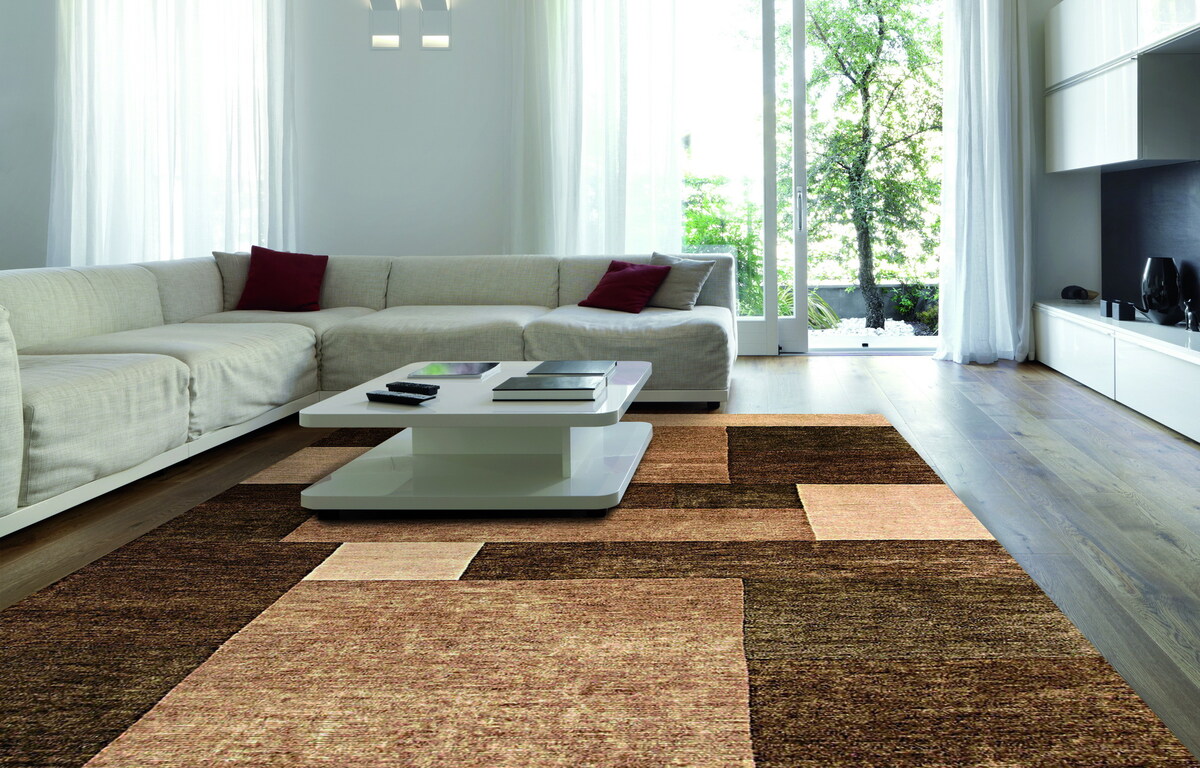
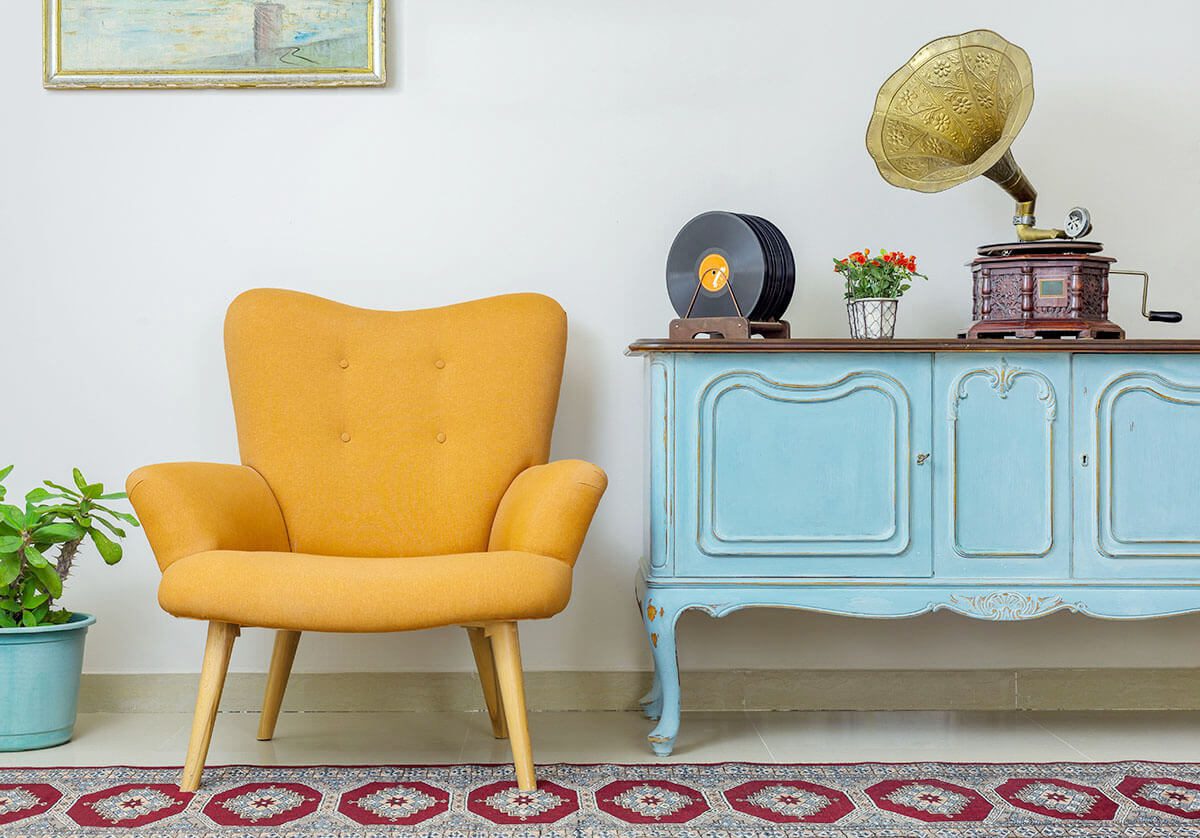
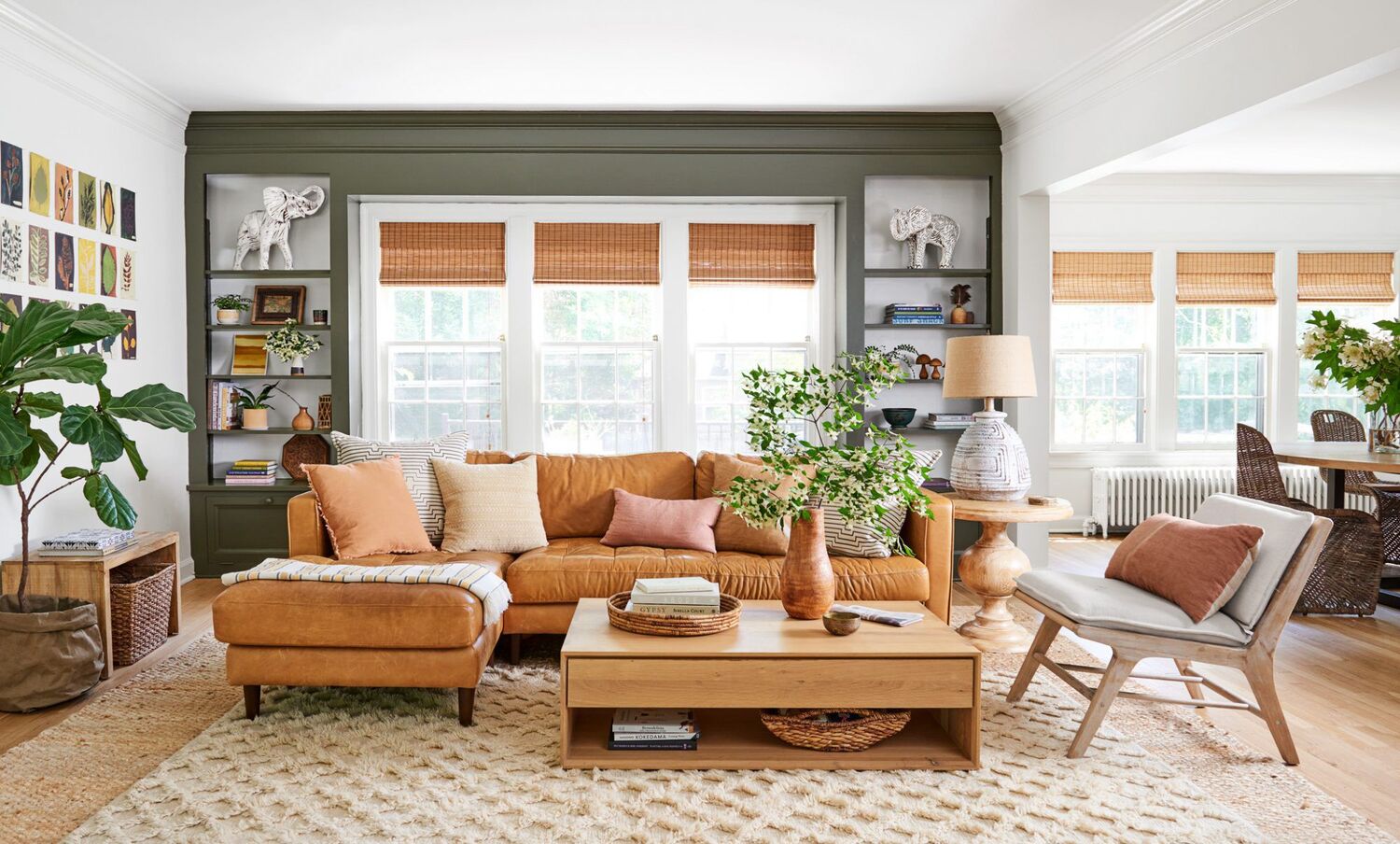

0 thoughts on “Living Room Paneling Ideas: 10 Ways To Add Practical Character”